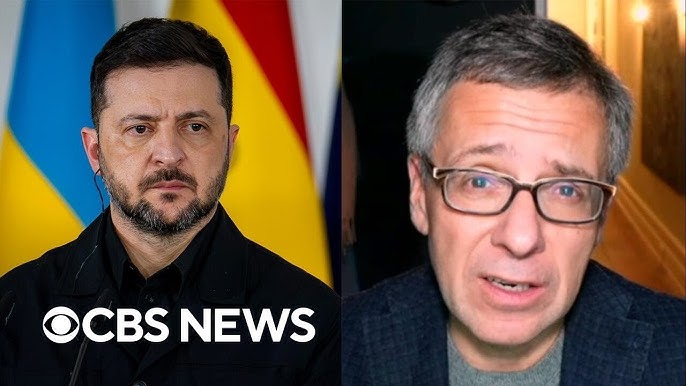
Creative human-AI partnerships and AI-generated music: WaveAI CEO and co-founder Maya Ackerman speaks with Jon Krohn about learning to see – and accept – AI’s…
Thought Leader: Jon Krohn
Yesterday’s Morning Jolt quoted a passage from CNN medical correspondent Dr. Sanjay Gupta’s recent book, World War C, where Gupta discusses his conversations with Dr. Robert Redfield, the former CDC director. A subsequent passage lays out even more clearly why the natural spillover theory requires us to believe several unlikely events happened in rapid succession:
Redfield finds it implausible, if not impossible, that a virus could jump directly from an animal like a bat or civet cat to a human “and immediately become one of the most infectious, transmissible pathogens known to humanity.” He explained to me that it doesn’t make sense for a pathogen to go from a wild animal to human and spontaneously be extraordinarily efficient at human-to-human transmission. It takes a while for pathogens to gain that level of fitness, or function. They sputter along for a while as they gain their athleticism to flex their muscles in human hosts. Like [WHO advisor Jamie] Metzl, Redfield finds it more plausible that the virus was being studied and educated in the lab, interacting with human cells – the training grounds for superb adaptation – before being accidentally unleashed upon the public.
“Most of us in a lab,” Redfield explained, “when trying to grow a virus, we try to help make it grow better, and better, and better, and better so we can do experiments and figure out about it.” It is often referred to as gain-of-function research – you tweak microorganisms in a lab in either petri dishes or other animals to make them more infectious. You teach it to do certain things. It’s performed with the expectation that the transmission, and possibly the virulence, of the pathogen will be enhanced. Why would you do that? To stay one step ahead of the virus – to one-up mother nature. In nature, viruses don’t want to become too lethal because if they kill their host, they “die” too. They reach a dead end, failing to multiply. Viruses devolve to something weaker, thereby surviving and and proliferating. So when a bad virus gains a unique advantage to efficiently infect more and more humans, you have to wonder how it earned its wings.
Covid-19 is not the first major viral outbreak that the world has dealt with in recent years — Ebola, the first SARS, MERS, Zika, H1N1 . . . but none of those naturally-occurring viruses were so spectacularly effective at jumping from one human being to the next. SARS-CoV-2 is different. The question is, did it just spontaneously evolve to be so different, or did this virus’ evolutionary process get a little human-driven assistance along the way?
Gupta continues:
“That’s the way I put it together,” Redfield concluded. He was clear that he’s merely giving his opinion now that he’s a private citizen, but an opinion from the former CDC chief, who had access to raw data and intelligence gathering, is not the opinion of just any private citizen. Even Chinese scientists in Wuhan were raising concerns as early as January 2020, as two from separate universities asked an excellent question: How did a novel bat coronavirus get to a major city in the dead of winter when most bats were hibernating, and turn a market where bats weren’t sold into the epicenter of an outbreak? Their resulting paper, which pointed to two local laboratories where research on bat coronaviruses took place, lived on the Internet for a blip in time before vanishing. We may never know how many papers like that as well as scientists and journalists were disappeared from China.
Some of us would strongly suspect that if there is a large cover-up, then it is an attempt to cover up an equally large crime.
Gupta doesn’t endorse any particular theory about the virus’ origin in his book. But the fact that he spends so much time on the lab-leak theories indicates he does not find it to be a crazy conspiracy theory, but rather a scenario worth investigating further.
Creative human-AI partnerships and AI-generated music: WaveAI CEO and co-founder Maya Ackerman speaks with Jon Krohn about learning to see – and accept – AI’s…
Thought Leader: Jon Krohn
Dr. Sanjay Gupta: How to Safely Store Your Leftovers
We all have our cooking rituals, but are some of them unsafe? Dr. Sanjay Gupta gets to the bottom of handwashing hygiene, especially when handling…
Thought Leader: Sanjay Gupta
Ian Bremmer: “We’re not much closer to a ceasefire”
The Trump administration is pushing to secure a peace deal to end the war in Ukraine. But what that looks like and whether Russia is…
Thought Leader: Ian Bremmer

